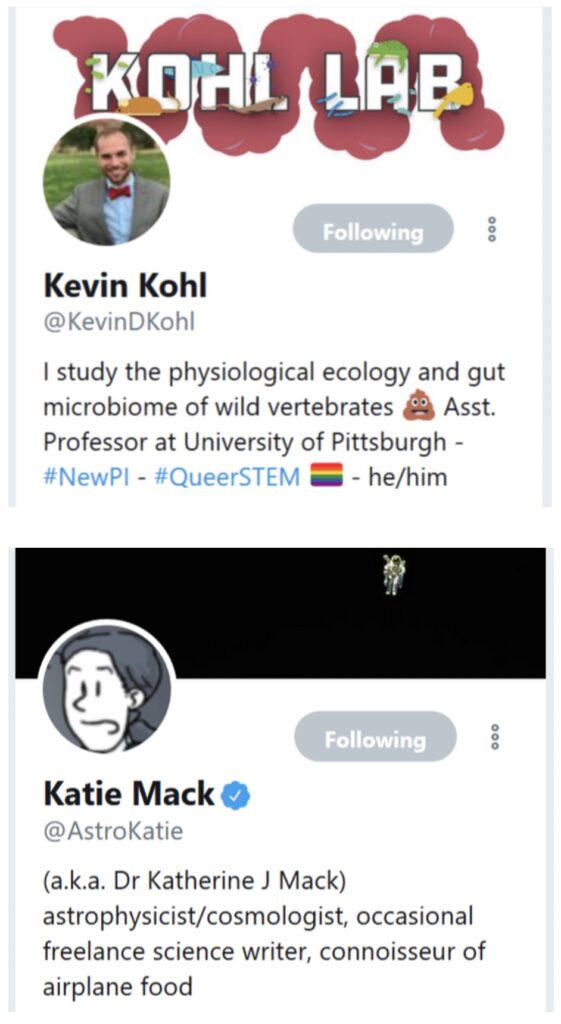Edited by Simon Bakke
Twitter is an incredibly powerful tool for networking with other researchers and connecting your work with new audiences. But while it seems lower-stakes than more formal modes of communication such as articles and public talks, it requires thoughtful use to get the most out of it.
Why should you bother putting in the effort? Actively working to improve your Twitter communication can help you find unexpected collaborators, get your research noticed, and push your work beyond the bubble of academia. Admittedly, I’m still working on building my social media presence — navigating the art of microblogging can be a challenge. I’ve been researching how to make the most out of my Twitter profile, and here are some important takeaways:

1. Make sure your profile is complete.
Twitter makes it easier than ever to show your work to new audiences, but having a complete and thoughtful profile is critical, especially when you’re trying to reach audiences outside of academia.A carefully constructed profile can help break down the stereotypes of who does research. General audiences, who might picture researchers as cold and faceless, need to see that we are real people.Your bio is also a great way to show who you are as both a professional and a person. Check out how @KatieMack and @KevinDKohl set up their profiles.
Both bios start with a brief description of what the person does professionally, but ends with something that shows who they are beyond a job title. These profiles are enticing potential followers — within and beyond their fields.
2. Make people want to read your work.
Matthew Hurteau, a professor teaching science policy at the University of New Mexico, asked his students for their perspective on how effective scientists are at using Twitter. Their opinions generated a lot of conversation and controversy in the science communication Twitter community. One concept that really stuck with me was that many thought it’s pointless to share new publications without including a one-line summary or call to action.
My suggestion: If you want your work to reach non-scientists, avoid jargon in your tweet. Consider linking to a blog post or article instead of a journal publication to make your research easier to digest for those who don’t have a background in your area. However, if you’re sharing a technical piece, you may want to use a tagline that will make researchers in your field want to click. Be mindful of how narrow you want to make your target audience.
3. Use hashtags (carefully!)

Hashtags are an effective way to bring your tweets to a new audience. However, using them incorrectly can do more harm than good. I could write an entire article about the horrors of misusing hashtags and the strategies for using them well. For now, I’ll sum up the main points.
Don’t use too many hashtags! You’ll look like a spammer or bot, which means people will ignore your content. Instead, use fewer but more impactful hashtags.
Make sure you research a hashtag before using it! For example, a pastry company tweeted that you should feel #NotGuilty about enjoying their treats, without realizing that the trending hashtag was actually protesting the outcome of the Casey Anthony murder trial. Using a trending hashtag is a great way to generate engagement, but make sure to do a little investigation into what the hashtag is really being used for.
4. Engage within and beyond your subfield
In ecology, a community of many different species that interact with each other — but not with species outside the community — is called “modular.” There may be plenty of interactions happening within this community, but very few interactions between communities. This situation is a great metaphor for how scientific information might spread on Twitter. A communicator may generate a lot of conversation and tweet effectively, but their interactions could become modular, staying clumped within their subfield and not reaching new audiences.
Instead of waiting for these interactions to come to you, actively seek them out! Follow people who study things that you don’t.
Most importantly… Twitter is a social network – so be social!



Leave a Reply